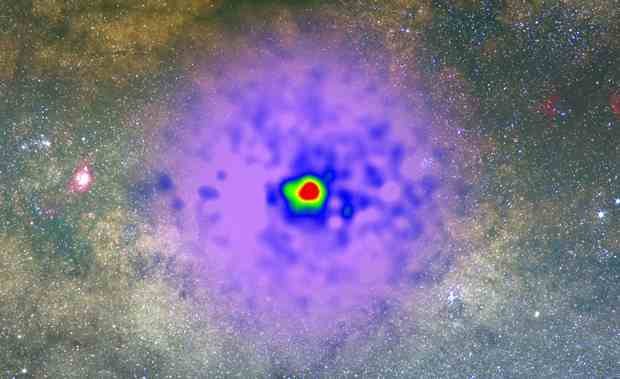A group of astronomers at the University of Cambridge's Institute of Astronomy discovered Reticulum 2, the information was announced Tuesday, the Sci-News reported. "In the search for dark matter, gamma rays from a dwarf galaxy have long been considered a very strong sign," said Dr. Savvas Koushiappas, a team member.
The dwarf galaxy is positioned in the Reticulum constellation, roughly 97, 000 light-years away. This elongated object has been approximated to be 200 light-years in length.
Due to the tidal forces of the Milky Way galaxy, the Reticulum 2 was observed to be in the process of being torn apart.
"It seems like we may now be detecting such a thing for the first time," Dr. Koushiappas shared.
Astronomers have long been observing dwarfs for gamma rays signs with the use of NASA's Space Fermi Gamma-ray Telescope, but until now, there are still no concrete signals.
With the use of the data gathered through the telescope, Dr. Geringer Sameth, Dr. Koushiappas, and a few more colleagues have illustrated gamma rays originating from the Reticulum 2 direction.
Dr Geringer-Sameth, the main author of the research paper published in the Physical Review Letters journal, said "There did seem to be an excess of gamma rays, above what you would expect from normal background processes, coming from the direction of this galaxy."
The base theory suggests that the dark matter particles are what are known as the Weakly Interactive Particles. When the WIMPs pair meet, they are more likely to annihilate one another, thereby, give-off high-energy gamma rays.



























